- Safe in Pregnancy and Children
Up-to-date evidence-based information on emerging vaccines in pregnancy and childhood
- COVID-19 Vaccines for Pregnant Persons
A regularly updated, comprehensive database and synthesis of published literature related to COVID-19 vaccines in pregnancy through a living systematic review and meta-analyses.
Supported by the Bill & Melinda Gates Foundation (INV-008443)


Why is this relevant?
600+ million infections and over 6.5 million deaths have been recorded globally, with significant regional variations in infection and case fatality rates.
Pregnant individuals face a 2–3× higher risk of severe illness and preterm birth, while children, despite generally milder symptoms, can, despite being rare, develop Multisystem Inflammatory Syndrome (MISC).
Widely deployed mRNA and vector vaccines have markedly reduced severe outcomes, though booster campaigns remain crucial.


- CHIKUNGUNYA Vaccines for Pregnant Persons and Children
A continuously updated, thorough compilation and analysis of published and unpublished literature concerning Chikungunya vaccines during pregnancy and childhood through a living systematic review and meta-analyses.
Why is this relevant?
Outbreaks have affected millions worldwide, with 70–80% of cases reporting debilitating joint pain and potential long-term arthritic symptoms.
Maternal infections may lead to preterm labor and neonatal complications, while children can experience prolonged recovery periods, impacting daily life.
Transmitted primarily by Aedes mosquitoes, the potential for chikungunya epidemics is high in tropical and subtropical regions.
A vaccine can help prevent infection and reduce the burden of this debilitating disease.
- LASSA FEVER Vaccines for Pregnant Persons and Children
An ongoing, comprehensive collection and examination of published and unpublished literature on Chikungunya vaccines during pregnancy and childhood, with regular updates through a living systematic review and meta-analyses.


Why is this relevant?
Lassa fever causes 100,000–300,000 infections and approximately 5,000 deaths annually in West Africa, with a 15% case fatality rate among hospitalized patients.
Pregnant individuals face an over 80% maternal and fetal mortality rate in late pregnancy, while children and adolescents suffer higher rates of severe disease.
It spreads primarily through Mastomys natalensis rats excreta, and global travel increases the risk of cases being exported beyond endemic regions.
About 20% of Lassa fever cases progress to severe conditions, such as hemorrhagic fever and multi-organ failure.
Currently, there is no approved vaccine, but promising vaccine candidates are in development.
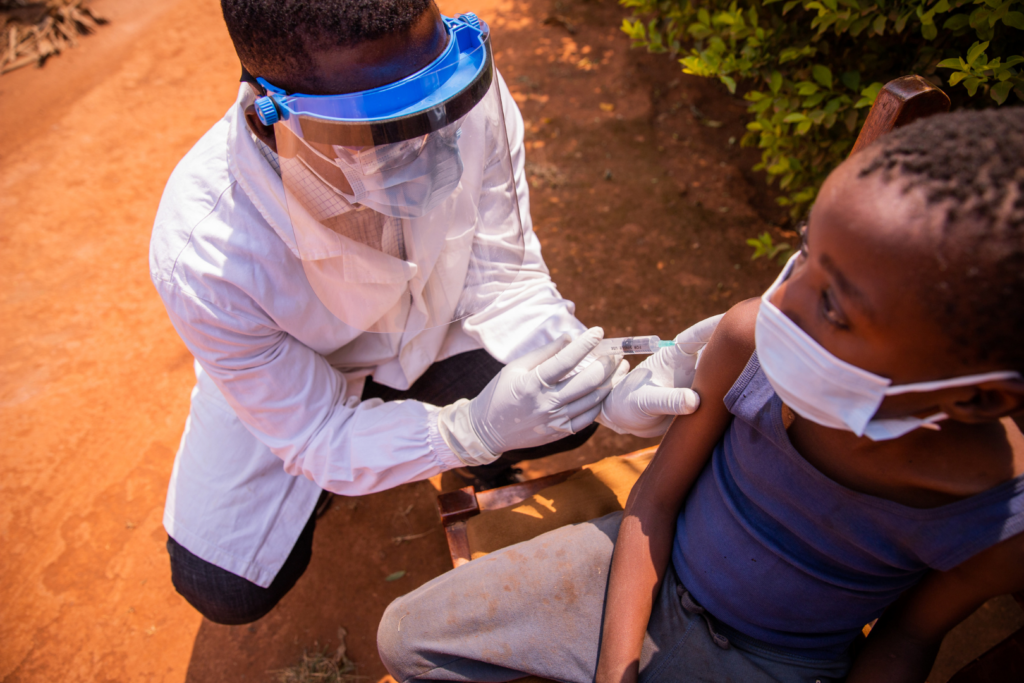
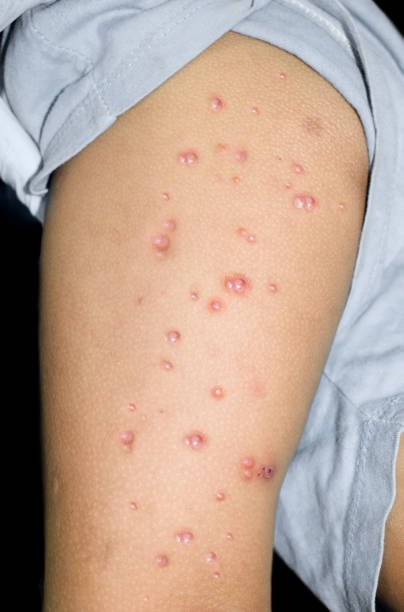
- MPOX Vaccines for Pregnant Persons and Children
An ongoing, comprehensive review and analysis of published literature on safety, efficacy, effectiveness and immunogenicity of Mpox vaccines during pregnancy and childhood, utilizing a living systematic review and meta-analysis approach.
Why is this relevant?
The ongoing outbreak of mpox in Africa has caused 100,000 cases, with a case fatality rate ranging from 2.8% to 4.9% in the Democratic Republic of Congo, but lower rates in other countries.
Pregnant individuals are at an increased risk for miscarriage and fetal complications, and pediatric cases may be more severe due to an immature immune response.
Transmission occurs via close contact with infected lesions, body fluids, and respiratory droplets, complicating outbreak control.
Available vaccines offer protection, and new MPOX-specific vaccines are under development.
-
RSV vaccine for pregnant persons
Effectiveness and Inmunogenicity outcomes
As post licensure data are generated, this living systematic review aims to capture and analyze
this information and provide reliable, up-to-date global evidence to describe the effectiveness
and immunogenicity of RSVpreF vaccination in pregnancy.
Sponsored by Pfizer
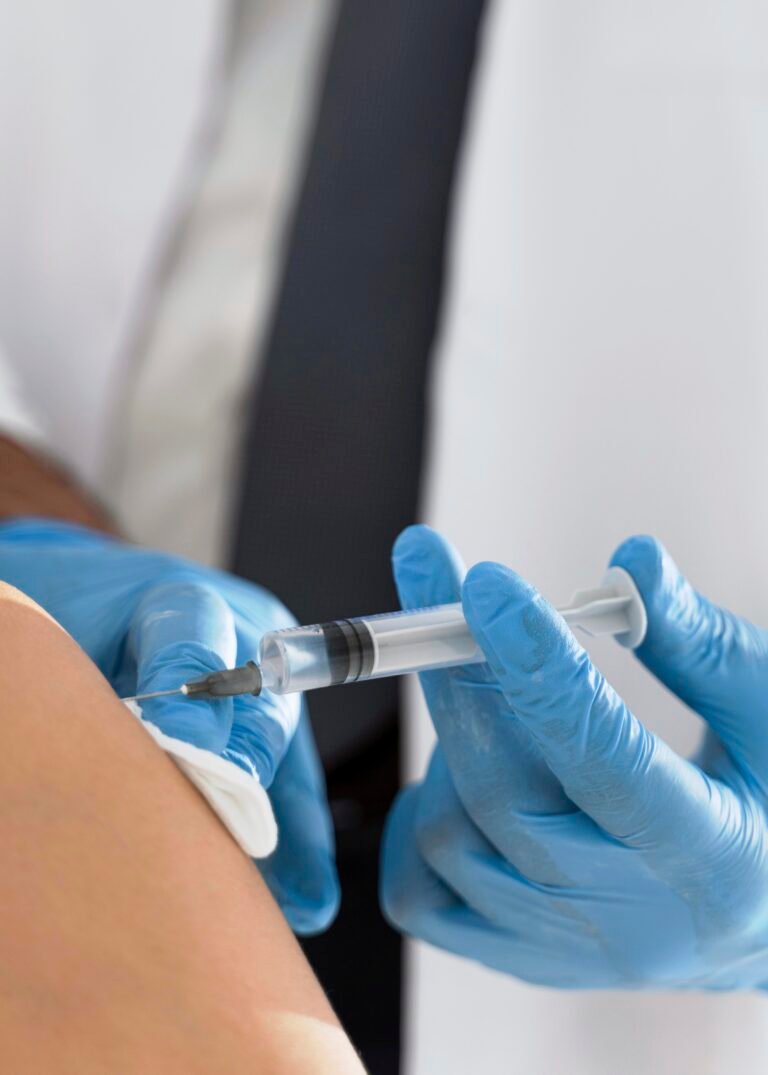
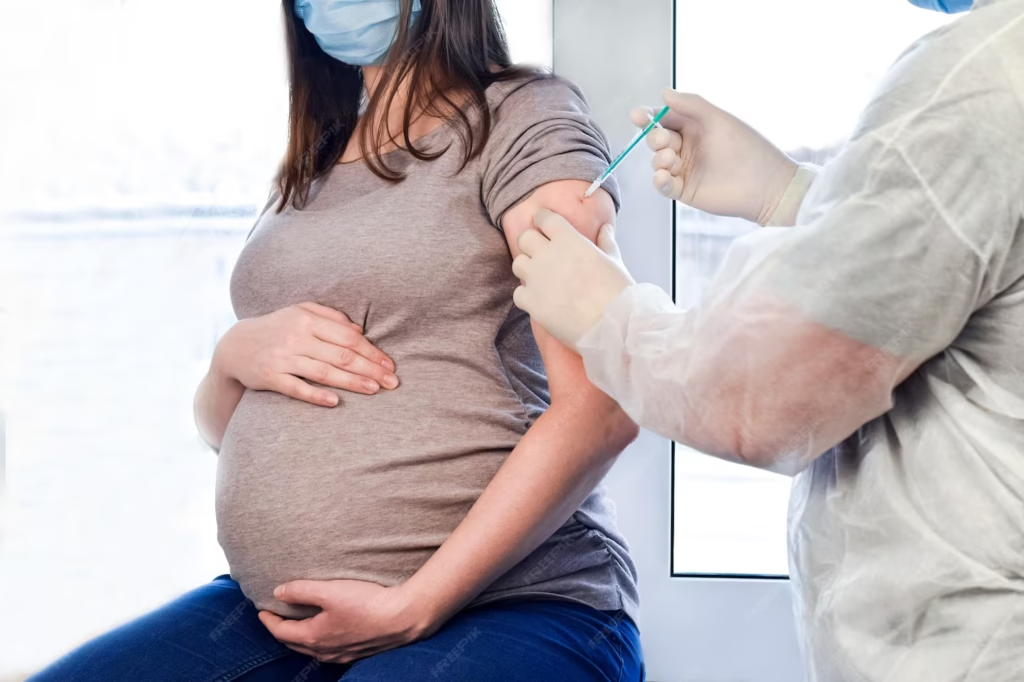
Why is this relevant?
RSV is a leading cause of severe lower-respiratory tract infection (LRTI) in young children worldwide—with an estimated 3.6 million LRTI hospitalizations and 100,000 deaths each year; 50% of RSV deaths among children <5 years of age occur in infants <6 months, and 97% of RSV-associated deaths occur in low- and middle-income countries
RSV prevention efforts prioritize protecting young infants through 2 approaches
- a maternal RSV vaccine administered during pregnancy in the late second or third trimester
- a long-acting monoclonal antibody administered as a single-dose to for newborns/infants
RSV seasonality varies by region and surges can strain pediatric services.
Understanding the real-world effectiveness and impact of RSV prevention strategies is necessary to inform implementation and national policies.
Ensuring access is critical: the majority of RSV-related deaths occur in resource-limited settings, and low-cost interventions that can be integrated into routine healthcare programs offer opportunities for implementation and acceptance.
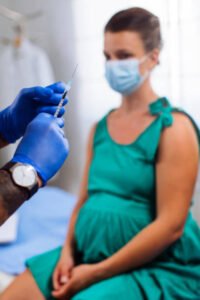

-
RSV vaccine for pregnant persons
Safety outcomes
A continuous and comprehensive assessment of published data on the safety of the RSV
vaccine during pregnancy, using a living systematic review and meta-analysis approach
- Disease X
Disease X is the name given by scientists to an unknown pathogen that could emerge in future and cause a serious international epidemic or pandemic. Disease X is included in the WHO’s updated Blueprint list of diseases for which investing in research and development should be an international
priority. It is also a priority for CEPI’s research and development investments.
Our living systematic review will provide up-to-date information on platforms and components
of vaccines used in pregnancy and childhood which could potentially be adapted to develop
new vaccines against Disease X. We will also be ready to rapidly deploy a living systematic
review of future vaccines against Disease X to protect pregnant people and children.


Why is this relevant?
Represents a serious international epidemic that could be caused by a pathogen currently unknown to cause human disease.
There are ongoing efforts aimed at developing platform vaccines and broad‐spectrum antivirals to mitigate severe outcomes once an outbreak emerges.
Vulnerable groups, including pregnant individuals and children, may experience disproportionately high rates of maternal and pediatric complications, underscoring the urgency for proactive research and preparedness.
- Safe in Pregnancy Spotlights
Spotlights
On October 21, Dr. Agustín Ciapponi, Director of Cochrane Argentina from the Institute for Clinical Effectiveness and Health Policy (IECS), presented the findings of “Chikungunya Vaccines: Safety, Efficacy, and Immunogenicity – A Living Systematic Review and Meta-Analysis” on the VuMedi platform, a leading educational resource for clinicians worldwide.
The session highlighted the public health relevance of chikungunya virus (CHIKV) and reviewed the most up-to-date evidence on approved vaccines, including Ixchiq®, Vimkunya®, and mRNA-1388. Dr. Ciapponi presented findings from the first living systematic review on this topic, synthesizing data on safety, immunogenicity, and efficacy, and discussed implications for vaccine use, research gaps, and future strategies.
The event generated strong interest among healthcare professionals, reflecting the growing need for evidence-based information on emerging vaccines.
On Thursday, September 28, Dr. Agustín Ciapponi and Dr. Jamile Ballivian, members of the development team at IECS for the Safe in Pregnancy / Safe in Children project, presented the webinar “Evidence-based maternal and child vaccination: how to use Safe in Pregnancy?” on IntraMed, a platform dedicated to the continuous training and professional development of healthcare professionals in Ibero-America. The event generated strong interest, with over 1,300 registrants for the recording and more than 300 participants attending live. During the session, the speakers introduced the concept of Living Systematic Reviews (LSRs), showcased the platform’s functionalities, and provided practical examples of how to answer questions using Safe in Pregnancy. The webinar recording is available in Spanish.
Discover how the Safe in Pregnancy Safe in Children platform helps healthcare professionals and decision-makers access the latest evidence on maternal and child vaccination. This introductory video walks you through the platform’s purpose, key features, and how it can be used to quickly answer practical questions with up-to-date evidence from Living Systematic Reviews. Watch now to learn how our project supports evidence-based practice and decision-making.
- Contact Us
Get In Touch with Us
Andrea Meyer
Director of Global Health Research
- Tulane University School of Public Health and Tropical Medicine
- ameyer1@tulane.edu





